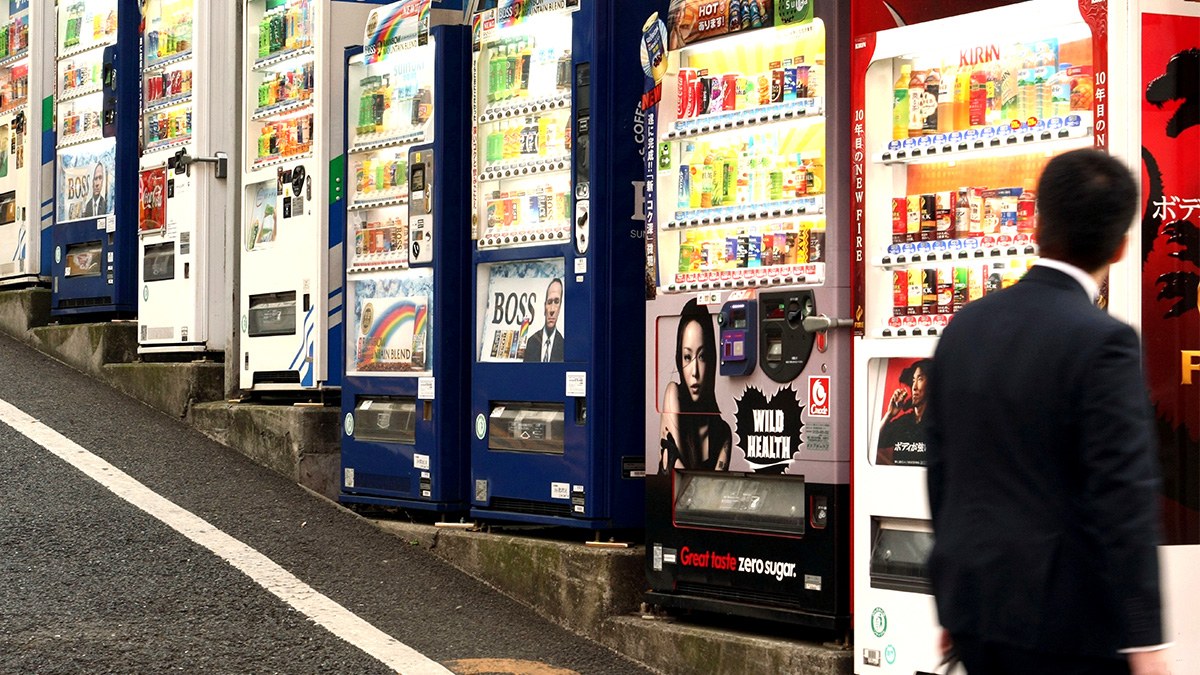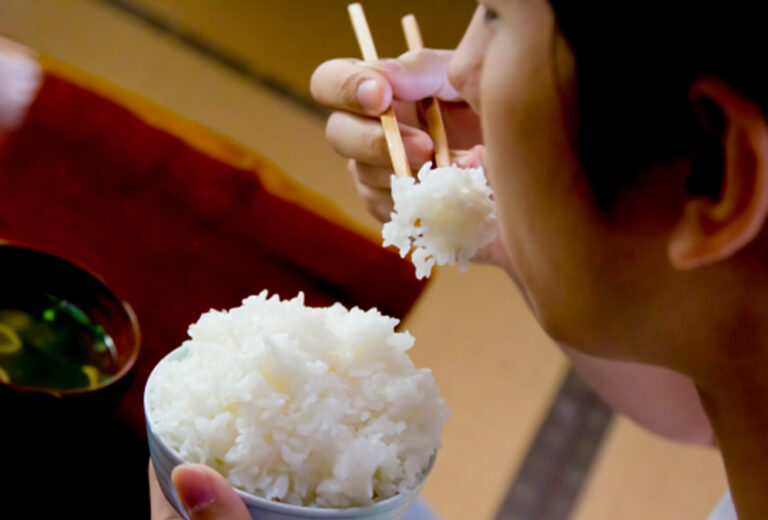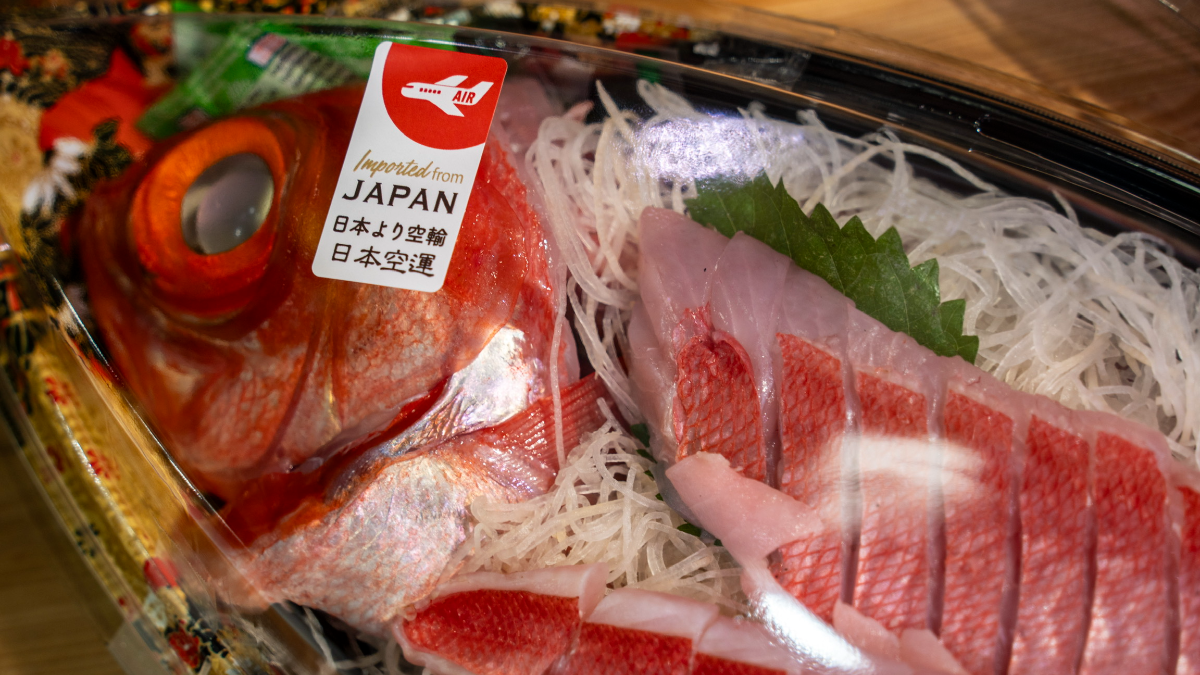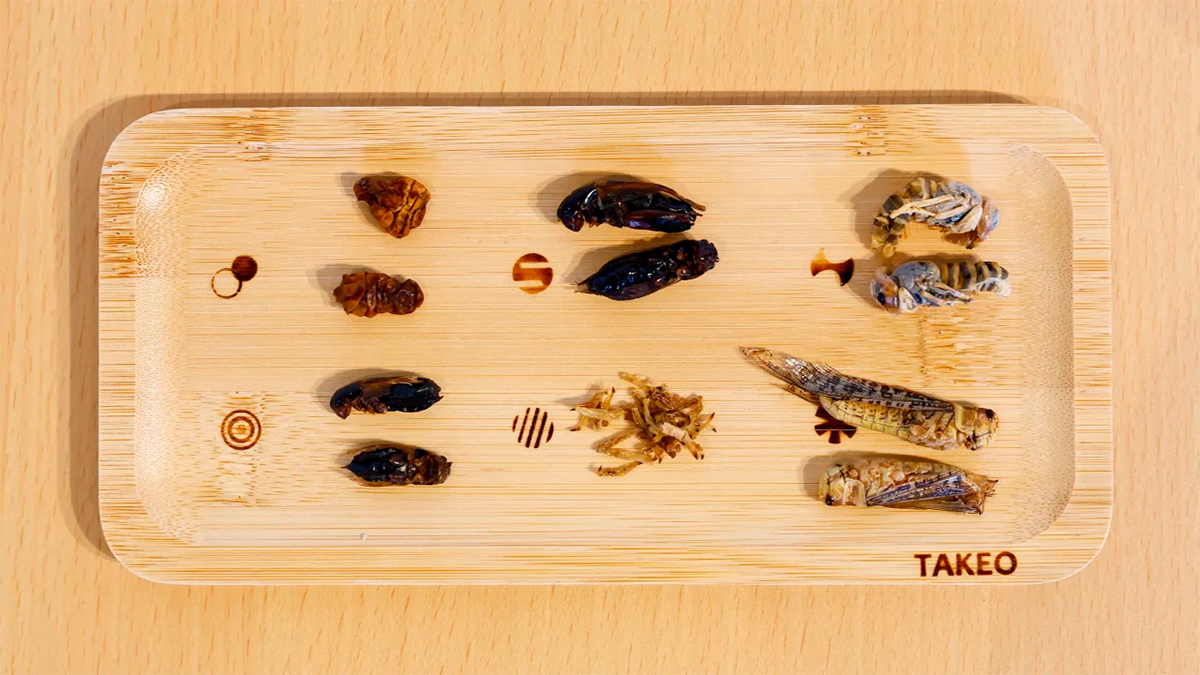Click here to read the Spanish version.
The Tokyo underground is full of screens. They offer pastimes, recommendations for travellers and lots and lots of advertising. Amidst the garish colours and impossible gesticulations, one advertisement stands out. It shows a couple of plumbers who, after a hard day’s work, stop to rest in their favourite spot. A peaceful place, where they often share laughs, confessions and anecdotes. A corner made up of the friendly shade of a tree, a bench and a drinks machine. But when we arrive, the machine has disappeared. We see the dejection on the face of one of them.
As in any good spot, the conflict is quickly resolved: the machine was being repaired and they are already putting in another, more modern, but just as cosy. Oh, and inside is Tommy Lee Jones. This is a campaign for the canned coffee brand BOSS, the number one canned coffee brand in Japan. It may seem too much of a coincidence, but its logo, the silhouette of a grumpy old man smoking a pipe, is not directly inspired by the serious face of the star of No Country for Old Men.
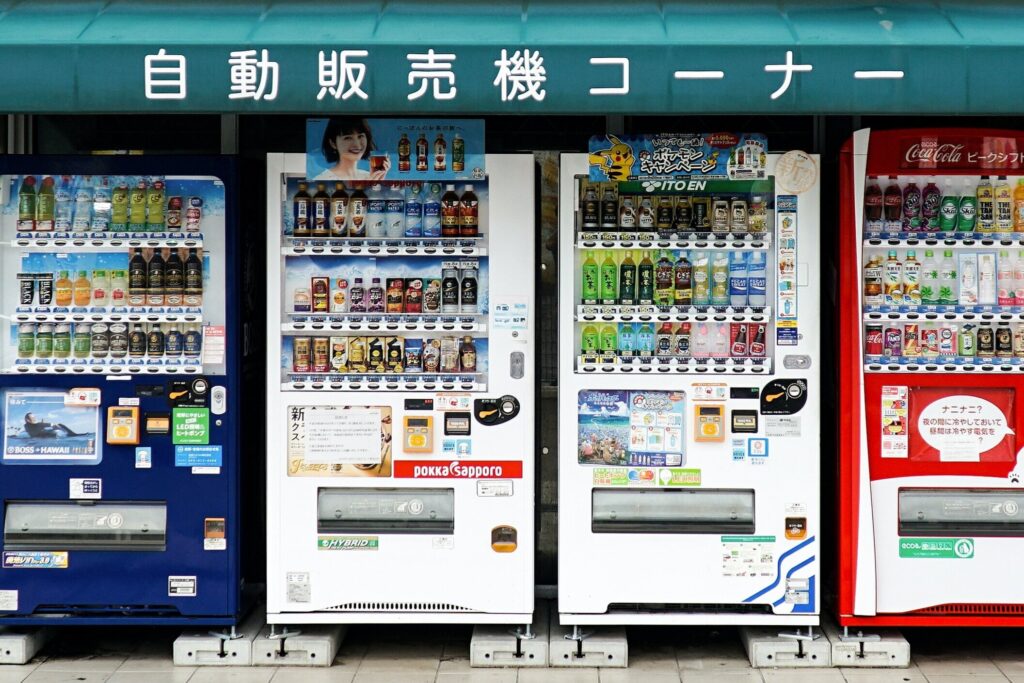
However, Tommy Lee Jones has been appearing in his ads since 2006, in a much more demented register than he is used to. When he holds up a can of BOSS, he turns into an alien capable of shooting lightning out of his eyes, talking to dogs or flying through the air. The Men in Black actor has been in love with Japanese culture since his studies at Harvard, where he already showed his love for the paintings of Hokusai and the art of kabuki. With these ingredients, it was only a matter of time before he ended up inside one of the favourite symbols of the Japanese people. The vending machine.
Boilerplate to bring them all together
According to data from the Japan Vending Systems Manufacturers Association, there will be more than four million vending machines by the beginning of 2023. A study by the same organisation found that, while the United States ranks first in the world in absolute numbers, Japan has “the highest penetration rate in the world based on population and land area”. There is approximately one such device for every 23 people. And they are not only found in urban areas. They abound in rural areas. Even Mount Fuji, at an altitude of 3,776 metres, welcomes travellers to its summit with a cold Coca-Cola. What in Spain is a bar, in Japan is translated as a machine.
The reasons for this triumph are numerous. There are practical and obvious ones. The vending culture reduces costs. In a country with a rapidly ageing population, where labour is hard to find, vending machines are effective substitutes for human beings. Crime is very low, they are rarely vandalised or attempted to be stolen. Their society still bases daily business interactions on cash, and it is not uncommon for card payments to be accepted, which means that they always carry a few yen in their pockets. The population density drives up rents considerably, so it’s easier to have a few square metres to store bottles than a whole space for a shop.
Vending culture
The vending machine fever is closely related to the passion for konbini, an adaptation of the English term convinience store, small food shops like Seven Eleven, which are a big hit in the country. Paradoxically, the Japanese are great enemies of eating in the street. If you see a Japanese person eating a snack while walking, make a wish. It is not difficult for the older inhabitants to scold the absent-minded tourist who strolls by looking at his mobile phone while devouring a rice ball. Thus, the products purchased from the machines are not usually eaten in the metro, on the underground, on the commuter train, or on the way to work. If you don’t want to wait until you get home, it’s more common to do it in the immediate vicinity. As the BOSS advert showed, it is common to find benches or small areas nearby designated for resting, where you can take advantage of the opportunity to drink and eat.
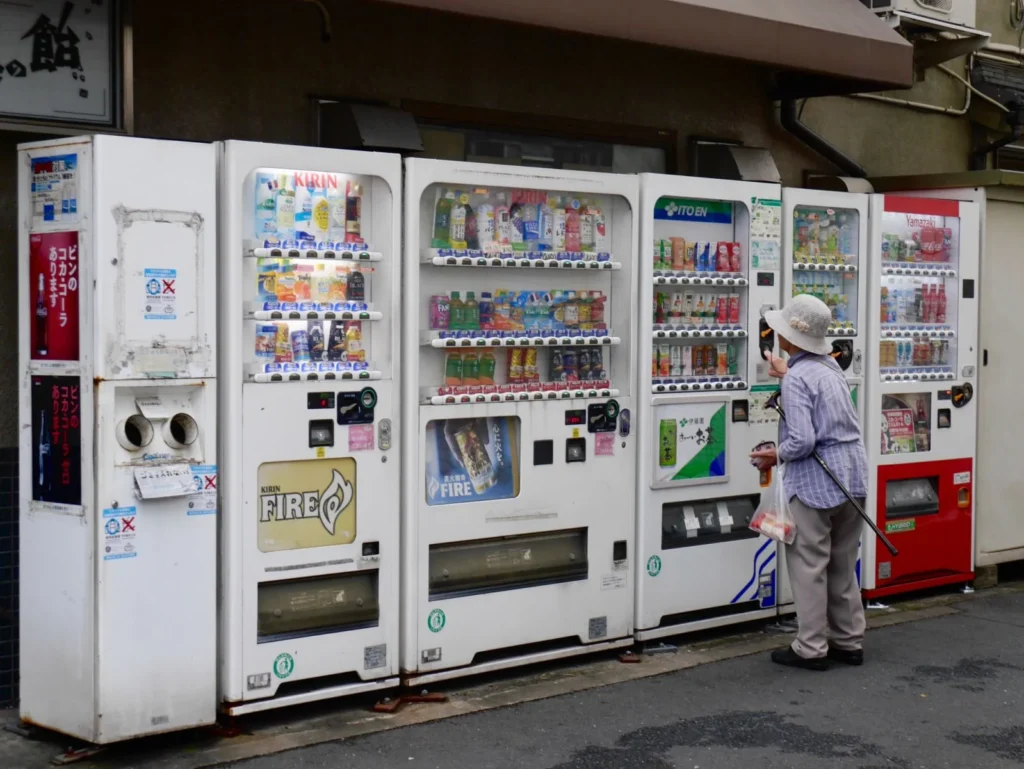
Or maybe it’s all to do with Japan’s best-kept secret: the absence of litter bins. Any tourist who has spent a few days in the country can testify to this. The cleanliness of its streets corresponds to a culture unthinkable in the West. Each individual takes responsibility for the rubbish he or she generates, keeping it with them until they are able to dispose of it, usually by recycling it properly. This attitude, coupled with a peculiar view of national security (in 1995 the Tokyo underground suffered a chemical attack with sarin gas, calculatedly placed in its bins, which have since been removed), makes it extremely difficult to come across bins in which to dispose of waste. But not impossible: food and drink machines always have bins next to them, sometimes integrated into the structure itself, in which to deposit containers.
The real wishing well
Although tea, coffee and soft drinks are the star products, the range of products on offer is endless. The vending industry is so competitive, and permits so easy to obtain, that the Japanese are able to sell anything through this mechanism. Orange juice and ice-cream dispensers crowd next to those offering Sriracha sauce, fresh fruit or women’s underwear. In Akihabara, Tokyo’s manga, video game and collectibles district, many shops sell their latest products from machines at the entrance. At the cable car station in the Hakone region, children crowd in front of huge machines selling toy trains for coins.
There is even a close cousin of the vending machine, called the gashapon, which is a phenomenon of its own. Manufactured by the Bandai brand, gashapons are collectible figurines encased in plastic balls, like the ones your parents used to buy you when you stopped for a snack at a roadside bar. However, these have two major differences. The mechanisms that dispense them are easily recognisable. They are small, white or orange and stacked in endless rows. And the variety of products is devastating. The most normal ones house anime characters (Pokémon, One Piece, Naruto…), adorable little animals, key rings or earrings. Others get crazier and crazier, and can be in the shape of a crisp, a man’s naked torso or an instrument.

